
Berlin, five years ago today: Leica did something unusual. It launched a camera called Henri that stunned and mystified in equal measure. And alongside came a razor-blade-sharp “nifty fifty” which was said to have been designed specially for the unusual camera. The camera, thought of as a niche product, has not been copied by any other manufacturer. But it has been a great success for Leica and has certainly created a stir in the rather introspective world of Leica enthusiasm.

It was the first time I heard the catchline das Wesentliche (the essential) in reference to Leica’s purity of concept. Since then it has become a standard theme of almost all product launches. At the time. back in 2012, journalists were bowled over by the concept of a camera that couldn’t do colour. Some bloggers such as Steve Huff had difficulty standing up again, so excited were they. The general press, as usual, was sceptical. Why pay more for less when it is possible to convert colour shots to black and white?
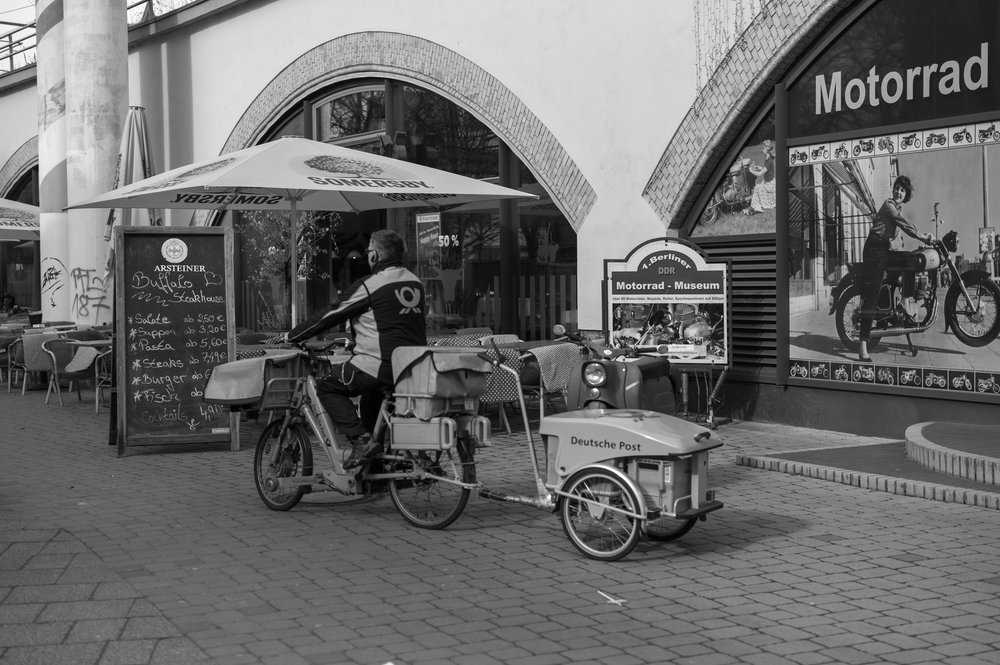
Low-mileage Henri
For the past few months I’ve been using a pristine, low-mileage version of Henri — often with the Apo-Cron — and enjoying the experience. I even managed to grab a few shots in Berlin where it all started.
The Apo-Cron is still the best lens in the Leica firmament, but what of this five-year-old camera that doesn’t do live view and manages with a 18MP sensor? And no video either, surely some mistake?

Since the launch we’ve had a second version of the Monochrom, the Typ 246 based on the M240’s 24MP CMOS sensor instead of the M9’s CCD sensor. Many people still have a soft spot for the original design, though, and it is still in demand even after five years.
Clinical
The lens, too, has been extremely successful by Leica standards. It is the reference fifty M lens for clinical sharpness and performs outstandingly on both the Monochroms as well as on the M240 and the latest M10. Read Ming Thein on the 50mm Apo-Summicron-M ASPH.
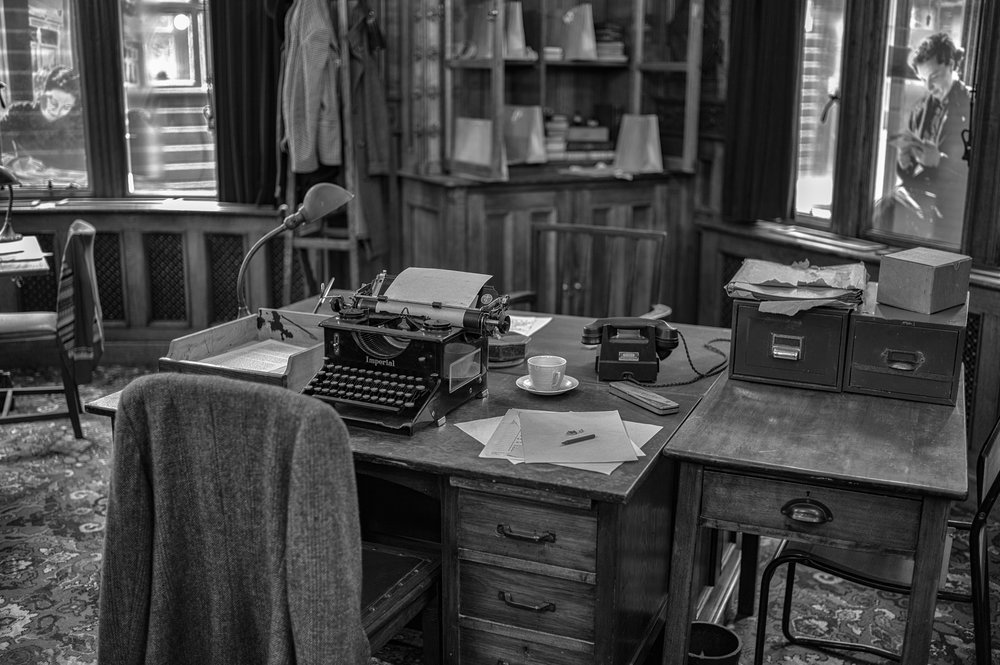
But whichever way you look at it, a Monochrom and this superb but unassuming lens does not a cheap bit of kit make. Most Monochrom owners won’t own the APO-Summicron and will settle for one of the lesser 35mm or 50mm Summicrons or, even, a 35/50 Summilux, all of which are cheaper.
I have to say that I have a soft spot for the M9-based Monochrom. It’s a tad thinner than the M246 CMOS model and, in my opinion, feels better in the hands. It has a better dynamic range and ISO performance than an equivalent colour sensor (in this case the M9 sensor) and Leica really did have a point at the launch event when they said that this camera could capture more detail.
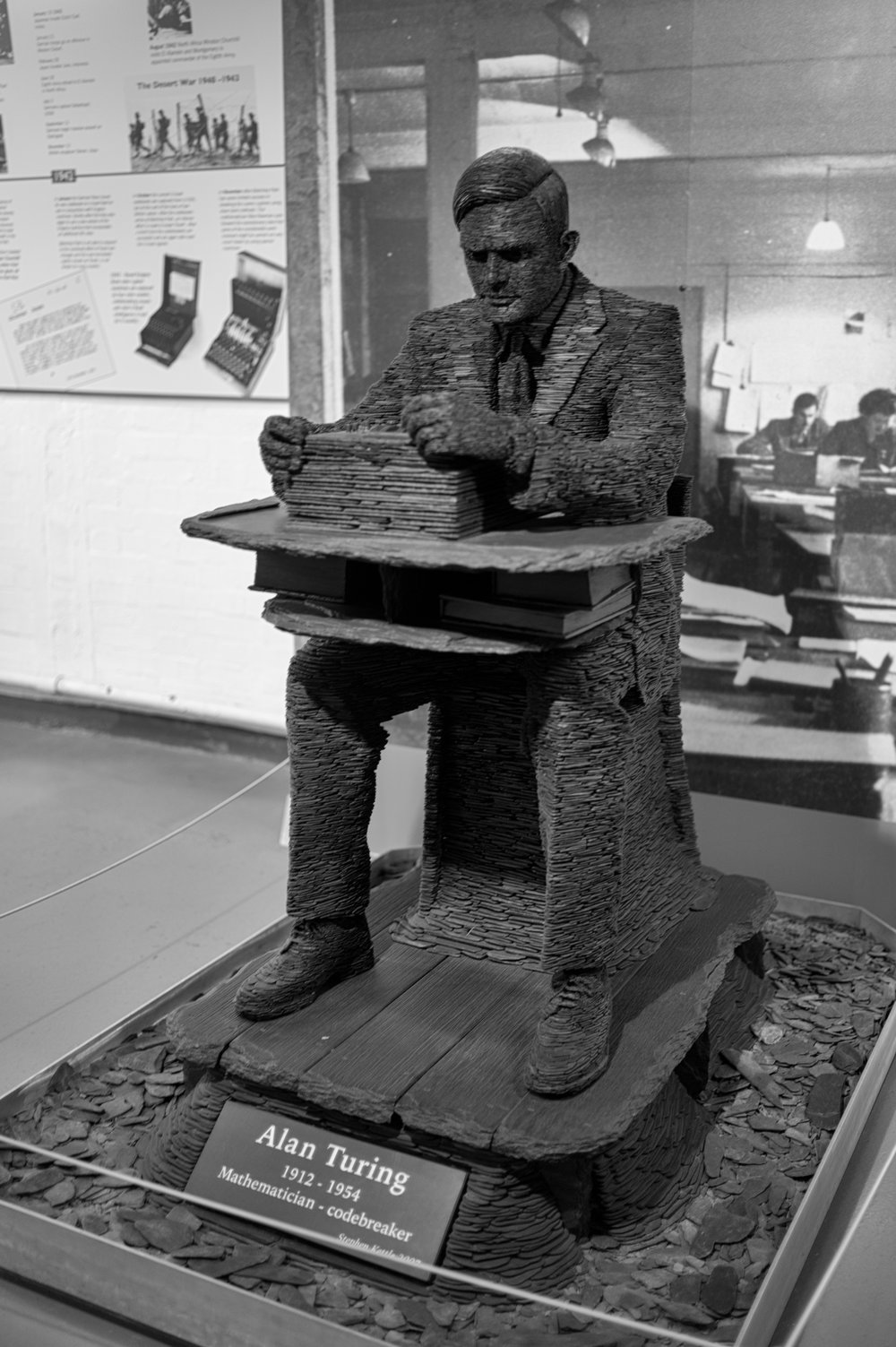
Highlights
It isn’t perfect, though. As with the second-generation Monochrome it suffers from blown highlights — largely irrecoverable. That’s something easily coped with once you are aware of it. But what it does offer is unplumbed depths in dark areas and that is the big secret of this less-for-more camera. It positively loves underexposure because you can bring deep blacks back to life quite easily in Lightroom. Indeed, I recommend shooting the Mark I Monochrom permanently on -1/3 or even -2/3 EV to help minimise highlights.
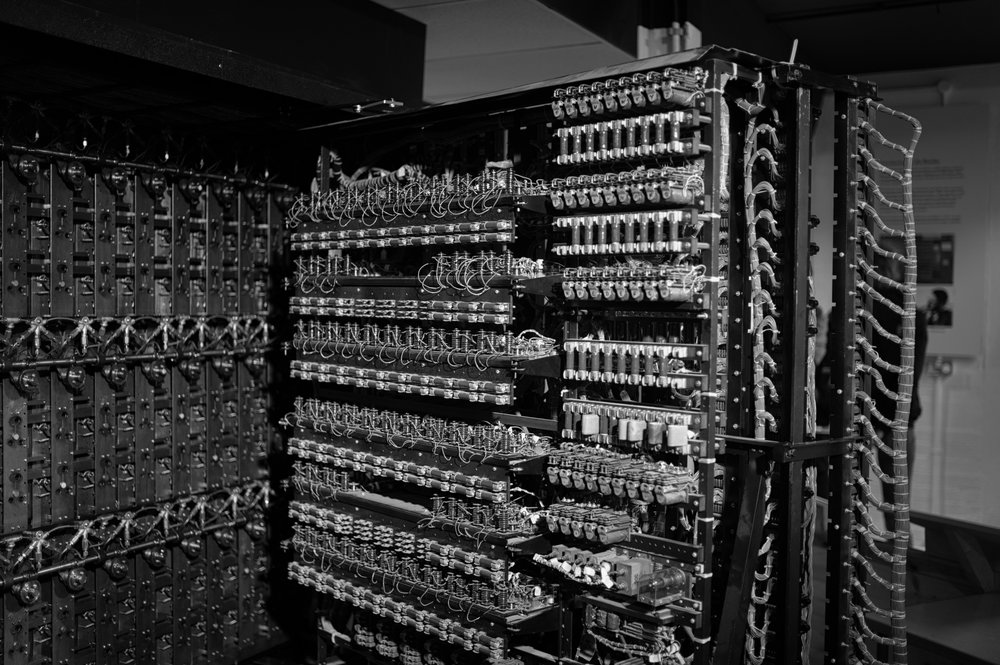
The black and white sensor copes with higher ISO more effectively than the equivalent colour sensor; the resultant noise is more akin to film grain and less objectionable than it can be in colour. Hence, even with the old CCD technology you can stretch that ISO more than is feasible with the M9. The M9 topped out at ISO 2500 but, frankly, 1600 is as high as most photographers were happy with. The original Monochrom, based on the same sensor but lacking the Bayer filter, was rated to ISO 10000 and I am very happy to shoot it at ISO 6400.
Many people will question the need for a dedicated black and white camera. After all, monochrome conversions from colour can look almost as good at first sight, especially with a touch of Silver Efex Pro 2 to smooth things along. But there is a subtle difference. Ask any Leica Monochrom owner and you’ll be told that the loss of the Bayer filter allows a much greater dynamic range. Instead of the available pixels being pulled in several directions, every one of them can be dedicated to tones of black and white.
Back at the launch I was told by one Leica technician that the loss of the colour filter enabled the 24MP sensor to offer the same resolution and dynamic range as the then-new crop of 36MP colour sensors. Be that as it may, there’s no gainsaying the attractiveness and punch of the Monochrom images. There’s a depth and clarity there that is hard to define but proves itself time and time again. And that sharpie lens mates perfectly.
Dumbed-down
Going back to the launch in Berlin, the Monochrom came as something of a shock. At the time there was a big question mark over its future; would enthusiasts shell out all that money for what many would see as a dumbed-down piece of equipment? Well, the answer is that they would and they did. Many M9 owners bought the Monochrom as a second body and a large number also added that wonderful APO Summicron lens, designed by Peter Karbe as the ultimate fifty. The Monochrom Mark I, together with the M9, is now enjoying something of a resurgence and is in surprisingly high demand.
Bearing in mind the success of the two Monochroms, albeit in a niche market, I am not entirely sure why another company hasn’t copied the concept. Sony, in particular, could have produced a monochrome version of the A7S to further enhance the dynamic range of this low-light champion. It’s a mystery, but one that Leica owners are feeling quite happy about.
Five years on and Berlin itself has moved on, judging by all the construction work, but the old Monochrom and Apo-Cron are happy to continue offering their unique insight. My view is that this 2012 camera is on the way to becoming another Leica classic.
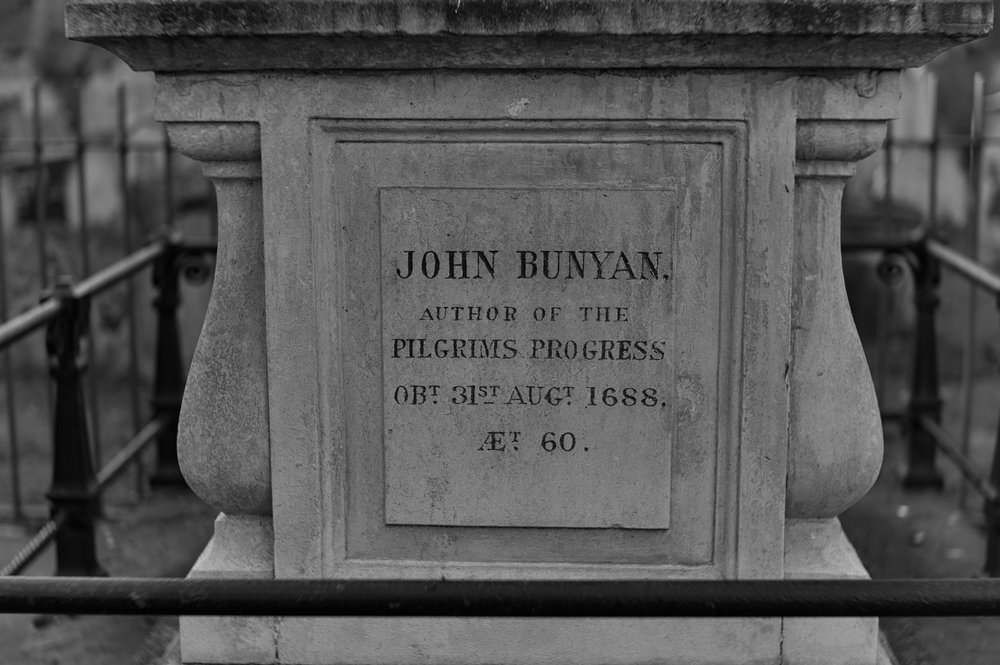
Market note
At launch the camera cost £6,350 in the UK and the lens was, from memory, £5,750. That’s a lot of dosh to be carrying around the U-Bahn, or any Bahn for that matter. What is surprising is that five years on, despite the fall in the pound sterling, the Monochrom Mark II (Typ 246) is still listed at £6,350 although the lens has crept up a little to £6,300 — while it remains a £12,000-odd bit of kit to hide behind, it perhaps not as pricey as it could have been in the changed economic circumstances.
There are deals to be had, of course, so you could save yourself a thousand or so if you shop sensibly. And, don’t forget, the lens itself is available on the used market; expect to pay around £4,500-4,700. The first-generation Monochrom, the subject of this article, is still a brilliant camera and can be had for between £3,000 and £3,500 — still holding its value at about half of what it cost five years ago. Any car manufacturer would be delighted with that level of depreciation.
______________

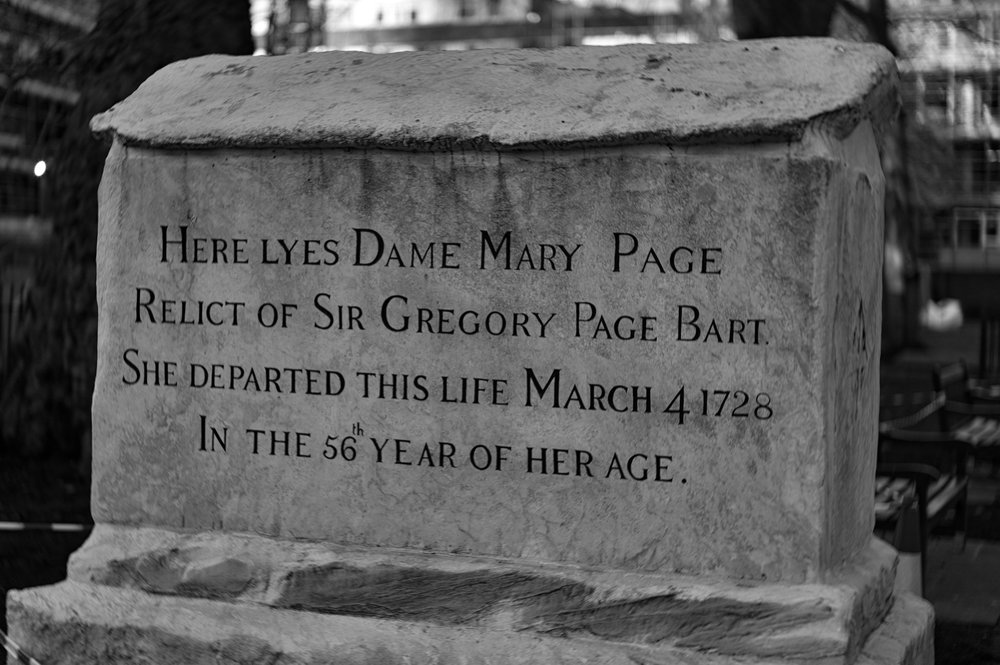
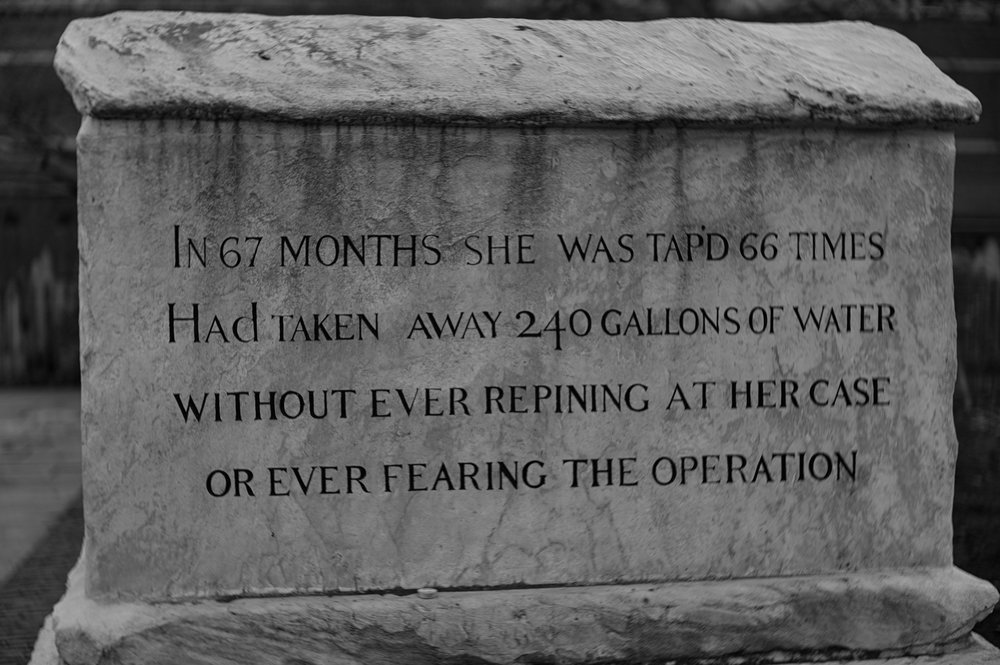
Just for fun, I think someone wrote on Steve Huff’s site (not the man himself, of course) about how to produce colour photos with the Monochrome. he’d worked out a way of keeping camera costs down!
Some fine images Mike. I always love the silver sheen such Leicas produce.
David
Leica MP.72 and leica Mono the first, the epitome of cameras !
It might be interesting to apply the "Turing test" to a modern digital camera, which is what Leica have done here… But it seems to me that enough quality can be had in black and white with almost any film camera… And there are tens of different films still being made and sold.
The Turing test: If one is in conversation with a computer, and one doesn’t realise….
As applied to digital cameras… Is this a camera, or a computer? If the answer comes that you can’t tell, it passes Alan’s test.
But the question remains…. Why? There are any number of different black and white films still available, and each one represents an alternative sensor. Luckily there are some great film cameras to pair with that brilliant Summicron, though whether it is really worth four times the cost of the Mandler version is moot.